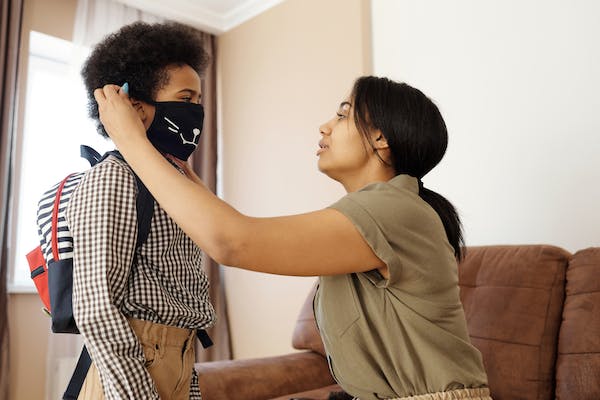The protection of children starts with the early recognition of vulnerability. It is important to remember that all vulnerable children need to be protected from harm.
The key factor in the protection of vulnerable children is the recognition of the signs of abuse and neglect. A change in the child’s behaviour is often an early sign that something is wrong.
The presence of a single change in behaviour does not prove the existence of abuse or harm, however, when such behavioural changes appear repeatedly or in combination, the situation must be examined more closely, and the possibility of harm or abuse considered.
Child protection is everyone’s business because of the shocking consequences abuse has on children of all ages, and the damage it causes to adult survivors for the rest of their lives. It causes a great deal of anxiety to the victim and the other people involved. If there is a suspicion that a child is being harmed, reporting the suspicions may protect the child.
The following are examples of behavioural signs that may signal the presence of abuse, harm or neglect:
- Nightmares, trouble sleeping, fear of the dark, or other sleeping problems
- Extreme fear of “Monsters”
- Loss of appetite, or problems with eating or swallowing
- Sudden mood swings: rage, fear, anger, or withdrawal
- Fear of certain people (e.g. a child may not want to be left alone with a baby-sitter, a friend, a relative, or some other child or adult; or a child who is usually talkative and cheery may become quiet and distant when around a certain person)
- Sexual activities with toys or other children, such as simulating sex with dolls or asking other children/siblings to behave sexually
- New words for private body parts
- Refusing to talk about a “secret” he/she has with an adult or older child
- Talking about a new older friend
- Suddenly having money
- Self-harming such as cutting or burning.
There are other forms of behaviour that also require vigilance. When an abuser and an abused child are together then the abuser often displays certain behaviours. Any one of these in isolation is not a sign of child abuse, however, when such behaviours appear repeatedly or in combination, the situation must be examined more closely, and the possibility of child abuse considered.
Often an adult or older child who is abusing a child will:
- Rarely leave the child alone in the presence of other adults
- Refuse to allow a child to set any of his or her own limits.
- Insist on hugging, touching, kissing, tickling, wrestling with or holding a child even when the child does not want this affection
- Manage to get time alone or insist on time alone with a child with no interruptions
- Spend most of his/her spare time with children and have little interest in spending time with someone of their own age
- Regularly offers to babysit many different children without payment, or to take children on overnight outings alone
- Buy the child expensive gifts or give money for no apparent reason.
- Frequently walk into the bathroom without knocking or asking first
- Allow the child to consistently get away with inappropriate behaviour.
Through being aware of the warning signs, adults can be far more aware of the possibility of harm, abuse, or neglect. Whenever the signs are recognised, the adult must respond and ensure protection for the child.
Organisations should have a set of procedures in place to ensure that all children get the appropriate level of protection from harm to meet their needs. Much depends on the type of organisation, however, some of the more important procedures are:
- Child protection policies
- Recruitment and selection of staff/volunteers
- Training and development to raise awareness or statutory training.
- Investigation procedures, what to do in the event of an allegation of abuse.
- Reporting and recording incidents
Any organisation that cares for the wellbeing of the children must have in place a policy, which sets out how the organisation will ensure the protection of children in its care. The policy should apply to all staff and volunteers working within the organisation. A good policy should cover at least the five main elements of:
- Safe recruitment – checking the suitability of staff and volunteers to work with children through making a check with the Disclosure Barring Service (DBS)
- Raising awareness of child protection issues through staff or volunteer child protection training
- Procedures for identifying and reporting cases, or suspected cases, of abuse.
- Supporting children who have been abused.
- Establishing a safe environment for children
Further details about The Protection – https://vimeo.com/304353743
Click here – https://ttclondon.co.uk/safeguarding-children-level-3-dsl/
Kind regards
Garry Harvey
Operations and Training Director
The Training Centre
www.ttclondon.co.uk
©The Training Centre (London) Limited, trading as The Training Centre.
Registered in the UK No. 14570211
128 City Road,London, EC1V 2NX



